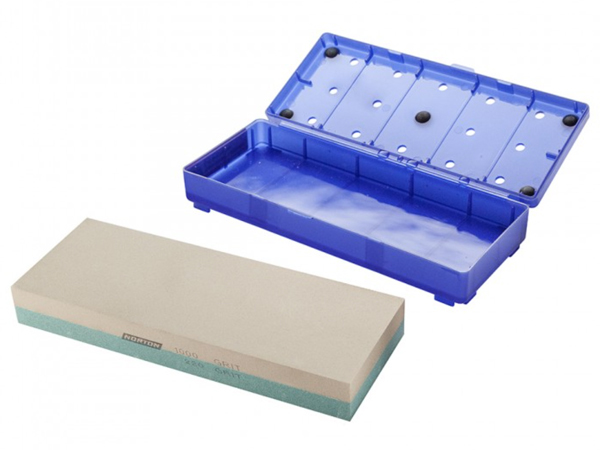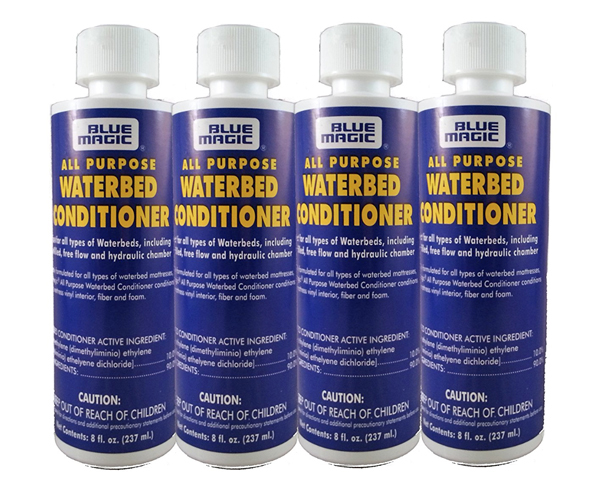
Before I put my woodshop together in 2002, I bought and read all kinds of woodworking magazines for tool reviews and how-tos. Probably the most important article I read was how to sharpen your chisels and plane irons with waterstones. So, one of the first things I bought was a set of Norton waterstones in 220-, 1,000-, 4,000- and 8,000-grits. One of the first things I built in my new woodshop is what I call a “wet bench” for sharpening. In it, I built a tank lined with thermoplastic roofing with a small drain in the bottom.
In that sharpening article, it recommended submerging waterstones continuously when not in use to keep them from disintegrating. That’s why I put a tank in the bench. I used to use waterbed additive to keep the mold and algae at bay and to prevent the water from getting slimy. I ran out of this stuff, and I can’t find it locally anymore. Do you have any suggestions for a similar product that won’t hurt my Norton waterstones?” – John E. Adams
Tim Inman: First, I would strongly recommend you follow the stone maker’s recommendations. If they want the stone constantly wet, then there is your answer. If you use the stone often, I would keep it wet and ready. But, if you use the stone only occasionally, then it might not be so important to keep it constantly wet. It will take a little while for it to saturate correctly before you can use it properly again, though. Waterbed algaecides are commonly available. If this has worked for you in the past, then I would continue. “Blue Magic” is one brand I have used, and it is available all over the Internet.
Brian Leonard: Different waterstones will have slightly different compositions, which might react differently to additives. Try adding a little bleach to the water and keep the tank covered. This should prevent the water from getting moldy or slimy. Be sure to check your waterstones periodically.
Brian Leonard is the DIY marketing and communications manager for Norton Abrasives/Saint-Gobain.






